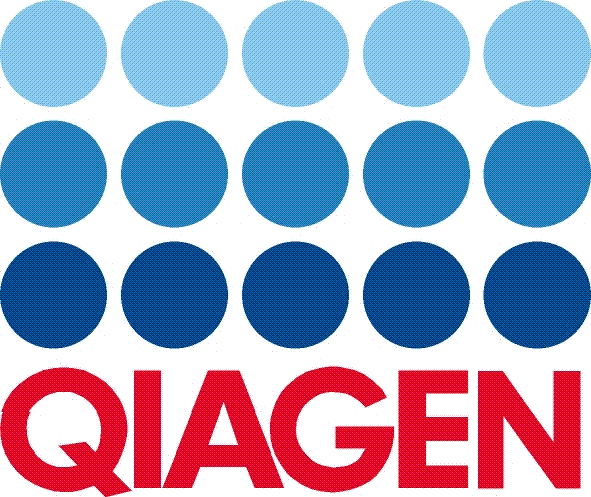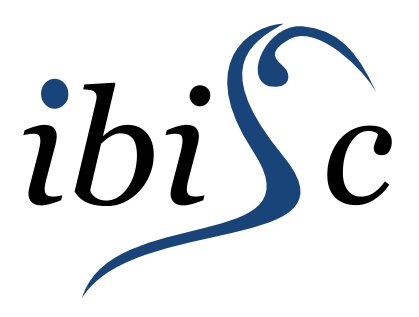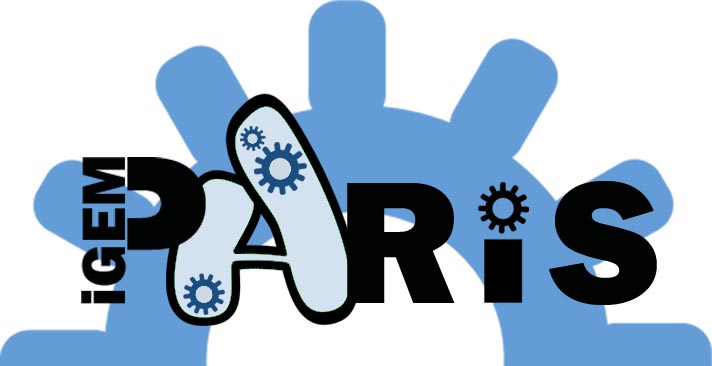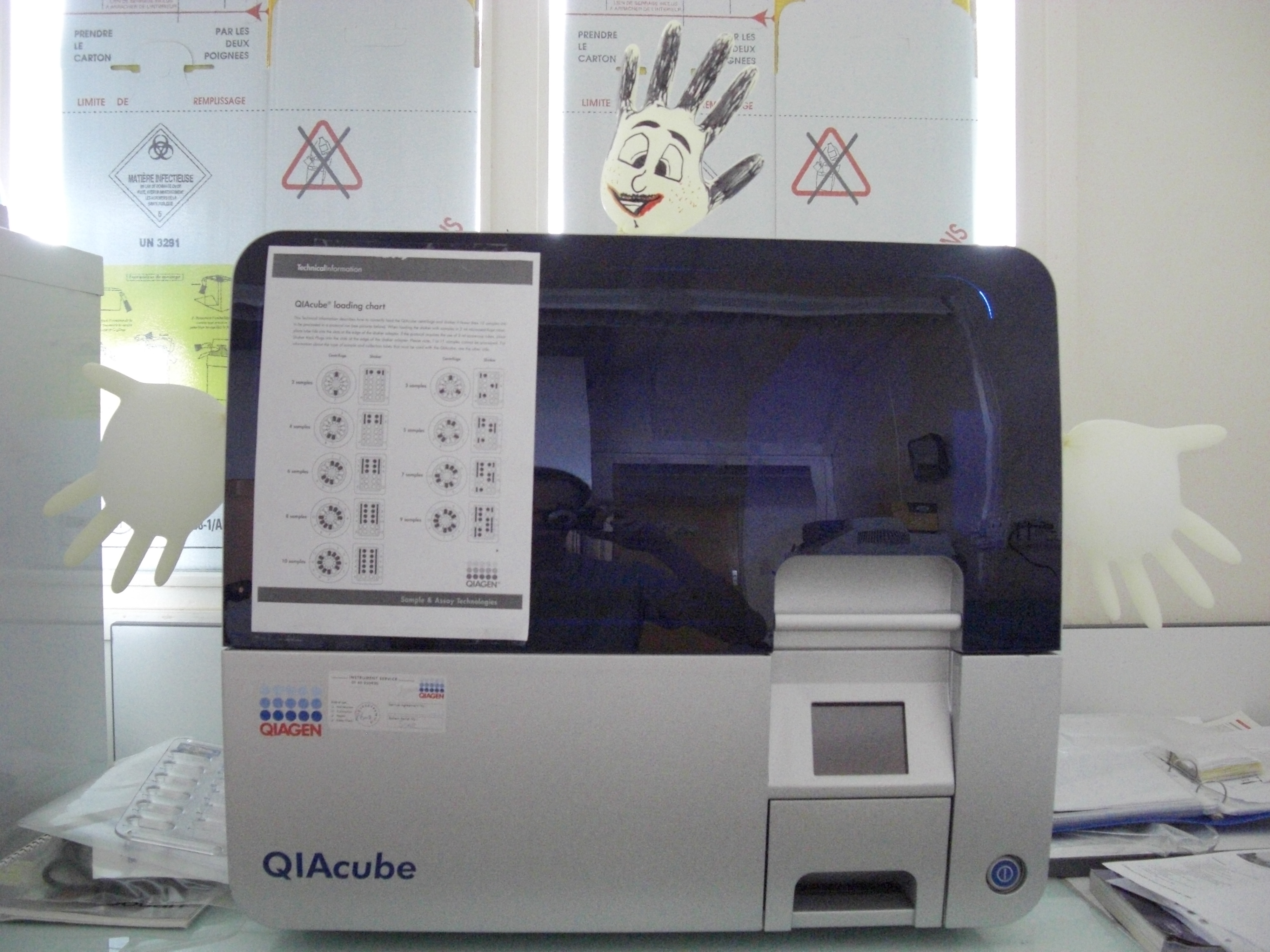|
|
| Line 1: |
Line 1: |
| | + | {{Paris/Menu}} |
| | + | {|cellspacing="5" cellpadding="10" style="background:#649CD7; width: 965px;" |
| | + | |-valign="top" |
| | + | |style="background:#ffffff"| |
| | + | |
| | + | |
| | + | <center><font size = "5">'''Welcome to iGEM08 Paris' wiki page'''</font></center> |
| | + | |
| | + | |
| | + | ==About Our Project: the BacteriO'Clock== |
| | + | [[Image:IGEM_paris_logo_bleu_dernier_copy.jpg|right|200px|iGEM Paris]] |
| | + | After several months of deep reflexion, our project took shape ! |
| | + | Our project aims at biologically devising a “oscillating FIFO behaviour, synchronized at population level”. Such a setup will trigger periodic events and,therefore, can be considered as a “biological clock”. To completely deserve this appellation, the system has to fulfill the following specifications : |
| | + | |
| | + | * ''Oscillatory system'' : It will consist in providing a periodic output for the duration of the experiment. To do so, we will use a genetic cascade, initiated by a specific inducer which last step will inhibit the previously mentioned inducer. |
| | + | * ''FIFO System'' : The period of the oscillation is even more interesting if fit allows the sequential switching on and off of several genes. Our setup involves three genes which will get activated and desactivated successively as a “FIFO : First In, First Out”. This sequence is monitored by a logic structure called Feed-Forward Loop (FFL). |
| | + | * ''Synchronization'' : Yet, being able to control this sequential activation within a single cell can be seen as a “first step” in biological clock devising. In order to amplify this phenomenon (to observe it in an easier way or even to find future applications), it has to be extended to a whole population of bacteria. Here comes the synchronization issue: we will use methods based on the “quorum sensing” phenomenon. |
| | + | |
| | + | We will base our project on an already existing structure, partly fulfilling the evoked specifications: the system that leads to the production of ''E. coli'' flagella. |
| | + | |
| | + | ''For more information, have a look to our [[Team:Paris/Project|project]] page !'' |
| | + | |
| | + | ==News== |
| | + | [[Image:Maurice.jpg|thumb|Maurice]] |
| | + | ''August 4th:'' We are happy to welcome another member in the team : Maurice.<br> |
| | + | Maurice is excellent to do MiniPreps and Gel Extraction.<br> |
| | + | QIAGEN introduced him to us, his full name is QIAcube, he does up to 12 MiniPreps simultaneously in less than 30 minutes...<br> Thanks to him and to QIAGEN, we will spare a lot of time ! |
| | + | <br><br><br><br><br> |
| | + | |
| | + | ==We are extremely grateful to the organizations that support our project== |
| | + | {| |
| | + | |width=20%| [[Image:bettencourt.png]] |
| | + | |width=30%| Bettencourt-Schueller foundation |
| | + | |
| | + | [http://www.fondationbs.org/ www.fondationbs.org] |
| | + | |
| | + | |width=20%| [[Image:Embassy.png|200px]] |
| | + | |width=30%| French Embassy in the United States |
| | + | |
| | + | [http://www.ambafrance-us.org/ www.ambafrance-us.org] |
| | + | |- |
| | + | |- |
| | + | |[[Image:Qiagen.GIF|100px]] |
| | + | |Qiagen |
| | + | |
| | + | [http://www.qiagen.com/ www.qiagen.com/] |
| | + | |[[Image:Ibisc.jpeg|150px]] |
| | + | |Ibisc Laboratory |
| | + | |
| | + | [http://www.ibisc.univ-evry.fr/ www.ibisc.univ-evry.fr] |
| | + | |} |
| | + | |}<br style="clear:both" /> |
| | + | |
| | + | |
| | + | |
| | + | |
| | + | |
| | + | |
| | + | |
| | + | |
| | [[Image:Heidelberg_overview_top.png|800px|center]] | | [[Image:Heidelberg_overview_top.png|800px|center]] |
| | | | |
|
Welcome to iGEM08 Paris' wiki page
About Our Project: the BacteriO'Clock
After several months of deep reflexion, our project took shape !
Our project aims at biologically devising a “oscillating FIFO behaviour, synchronized at population level”. Such a setup will trigger periodic events and,therefore, can be considered as a “biological clock”. To completely deserve this appellation, the system has to fulfill the following specifications :
- Oscillatory system : It will consist in providing a periodic output for the duration of the experiment. To do so, we will use a genetic cascade, initiated by a specific inducer which last step will inhibit the previously mentioned inducer.
- FIFO System : The period of the oscillation is even more interesting if fit allows the sequential switching on and off of several genes. Our setup involves three genes which will get activated and desactivated successively as a “FIFO : First In, First Out”. This sequence is monitored by a logic structure called Feed-Forward Loop (FFL).
- Synchronization : Yet, being able to control this sequential activation within a single cell can be seen as a “first step” in biological clock devising. In order to amplify this phenomenon (to observe it in an easier way or even to find future applications), it has to be extended to a whole population of bacteria. Here comes the synchronization issue: we will use methods based on the “quorum sensing” phenomenon.
We will base our project on an already existing structure, partly fulfilling the evoked specifications: the system that leads to the production of E. coli flagella.
For more information, have a look to our project page !
News
August 4th: We are happy to welcome another member in the team : Maurice.
Maurice is excellent to do MiniPreps and Gel Extraction.
QIAGEN introduced him to us, his full name is QIAcube, he does up to 12 MiniPreps simultaneously in less than 30 minutes...
Thanks to him and to QIAGEN, we will spare a lot of time !
We are extremely grateful to the organizations that support our project

| Bettencourt-Schueller foundation
[http://www.fondationbs.org/ www.fondationbs.org]
| 
| French Embassy in the United States
[http://www.ambafrance-us.org/ www.ambafrance-us.org]
|

| Qiagen
[http://www.qiagen.com/ www.qiagen.com/]
| 
| Ibisc Laboratory
[http://www.ibisc.univ-evry.fr/ www.ibisc.univ-evry.fr]
|
|
Project Draft
Ecolicence to kill: Engineering E.coli for targeting pathogenic microorganisms
Pathogenic microorganisms represent a major challenge to both medicine and industry. Microbial communities known as biofilms prove to be particularly resistant to conventional therapies and demonstrate the need for alternative methods to fight bacterial growth. The formation of biofilms, as well as other processes such as virulence, antibiotic production, and sporulation, are regulated by communication circuits that depend on small signalling molecules called autoinducers. Our aim is to exploit this communication mechanism by engineering synthetic bacteria that are able to target potentially harmful autoinducer-secreting species and kill them. Working with E. coli as a model system, we plan to engineer separate “killer” and “prey” cells, and divide our project into two complementary modules. The “sensing module” comprises the modification of E. coli’s chemotaxis system to make killer cells move towards prey cells.
This requires the engineering of a “sensing module” which propagates a prey-specific stimulus to the downstream signalling cascades, prompting the cells to swim towards the gradient of such a stimulus. The directed swimming stops only in the region where the stimulus is maximal, i.e. in the vicinity of the prey. The “killing module” ensures that once in the vicinity of the prey, a bacteriocidal mechanism is activated. Computer models will show how both modules behave in concert and probe the efficiency of the system in defined spatial environments. Future directions, which are beyond the scope of this project, include the modification of the sensory and killing modules, adjusting the range of targets to real pathogens, but also other organisms, specific cell types or even cancer cells.
|
|
 "
"







